When it comes to Mopar muscle, names like the HEMI ’Cuda and Charger Daytona always steal the spotlight. But Chrysler’s catalog ran a lot deeper than just the usual suspects. Buried in brochures and dealer lots were some surprisingly capable, good-looking, and interesting machines that never got their fair share of attention. Some were overshadowed by siblings; others were just too early or too late to catch on. But they all had something going for them—whether it was power, engineering, or just plain presence.
1970 Dodge Coronet R/T
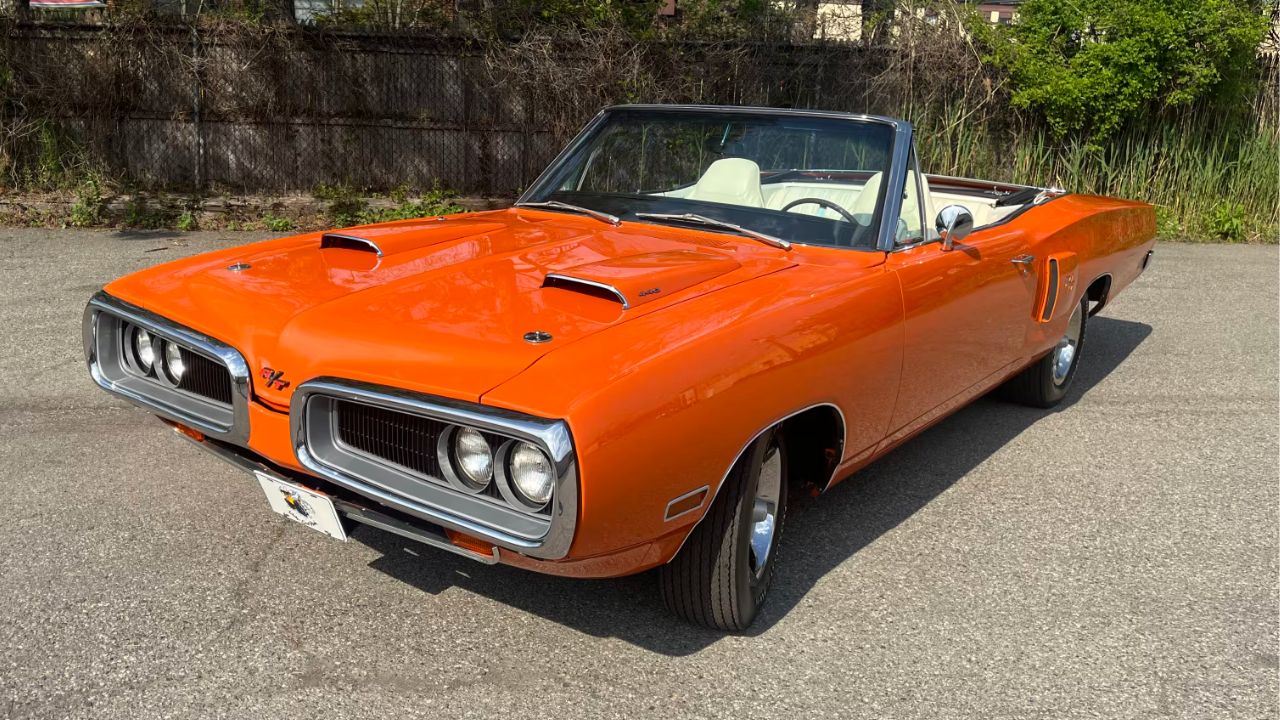
The Coronet R/T often got lost in the shadow of the Charger, but it shared the same serious muscle underpinnings. Offered with either a 440 Magnum or the 426 HEMI, it was no lightweight in performance. Production for the 1970 R/T coupe was just under 3,000 units, making it a rare bird from the start.
With a new nose design that looked like a cross between a jet intake and a sneer, it certainly stood out—just not always in a good way. Still, it had the guts to run with the best of them.
1965 Plymouth Sport Fury 426-S
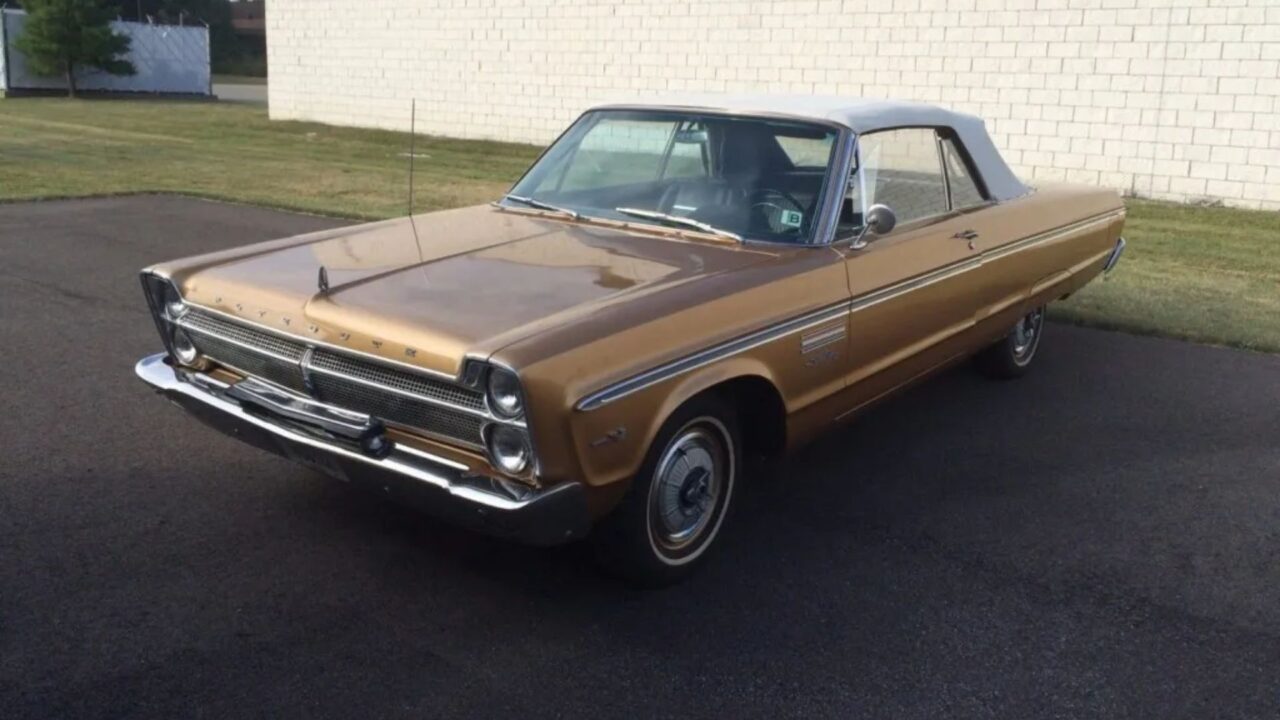
The 426-S wasn’t the HEMI but the wedge-head Commando version, and in 1965, that meant a respectable 365 horsepower. It came standard with heavy-duty suspension and bucket seats, which added a bit of sport to the full-size frame.
Plymouth was trying to give big-car buyers a taste of muscle before the term even existed. While it didn’t set sales records, the Sport Fury 426-S is a reminder that performance wasn’t limited to just mid-size platforms.
1971 Dodge Demon 340

The Demon 340 was affordable, fast, and fun—but controversial in name and styling. Under the hood was a 275-hp 340 V8 paired with a lightweight A-body, making it quicker than some bigger muscle cars off the line.
Dodge only built around 10,000 of the 340 versions in 1971, and despite its performance, the car never really caught on. Maybe it was the cartoon devil badges or the insurance crunch, but it quietly faded while others got the spotlight.
1973 Plymouth Road Runner GTX

By 1973, the Road Runner GTX was nearing the end of its road, but it still packed serious muscle with the 440 Super Commando engine rated at 280 net horsepower. It was a rare combination of B-body bulk and big-block grunt.
Only about 700 GTX versions were made that year, buried under new safety bumpers and changing tastes. Still, the power and torque were very real, and the sleeper status makes it more interesting today than it ever was new.
1969 Dodge Polara 500
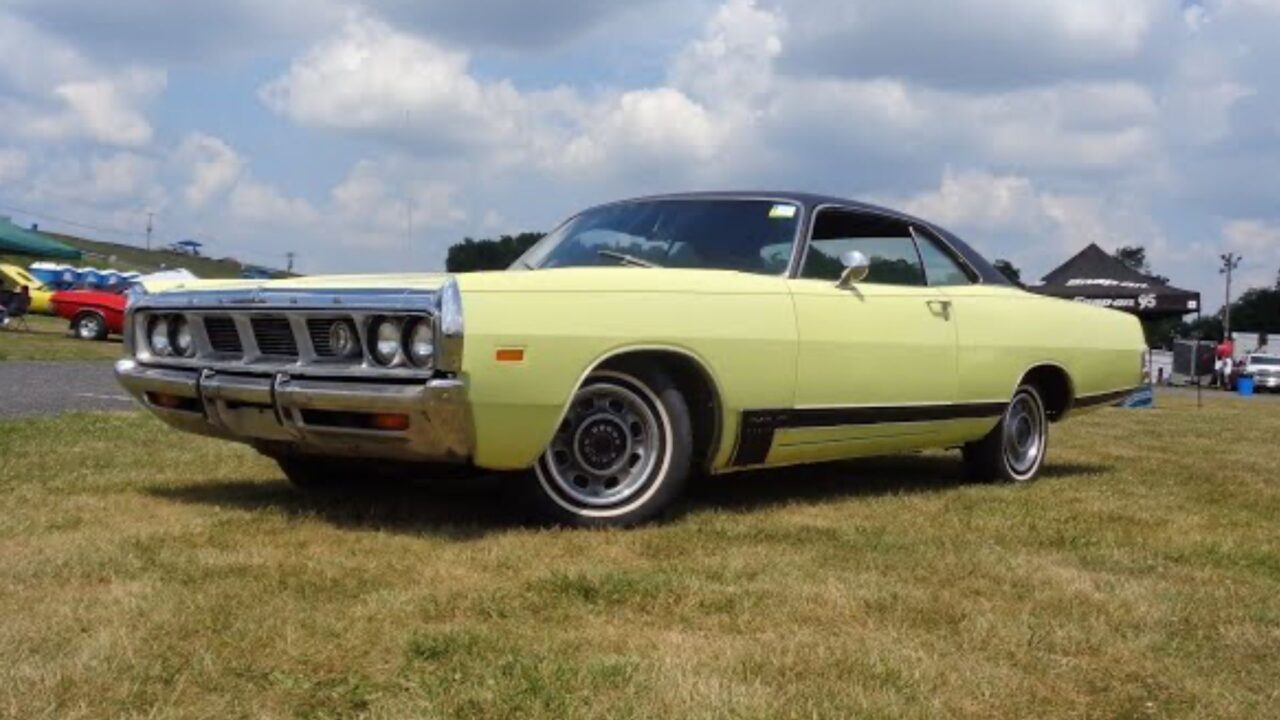
The Polara 500 might’ve looked like a cruiser, but it could be optioned with the 440 Magnum and a bucket-seat interior. It was Dodge’s way of making the full-size car feel like something a little more serious.
Production wasn’t high, and its muscle was often overlooked because of its size and subdued looks. But when equipped right, the Polara 500 could hustle, and it did so without drawing too much attention.
1976 Plymouth Volaré Road Runner

The Road Runner badge landed on the compact Volaré in the late ’70s, and while it’s often dismissed, the 360 V8 version still offered some punch. With 170 horsepower in 1976, it wasn’t blistering—but it was decent for the era.
The styling was more stripe-heavy than performance-focused, but it was cheap and rear-wheel-drive when most cars were going soft. It’s a weird chapter in the Road Runner story, but not without charm or value.
1963 Dodge 330 Max Wedge
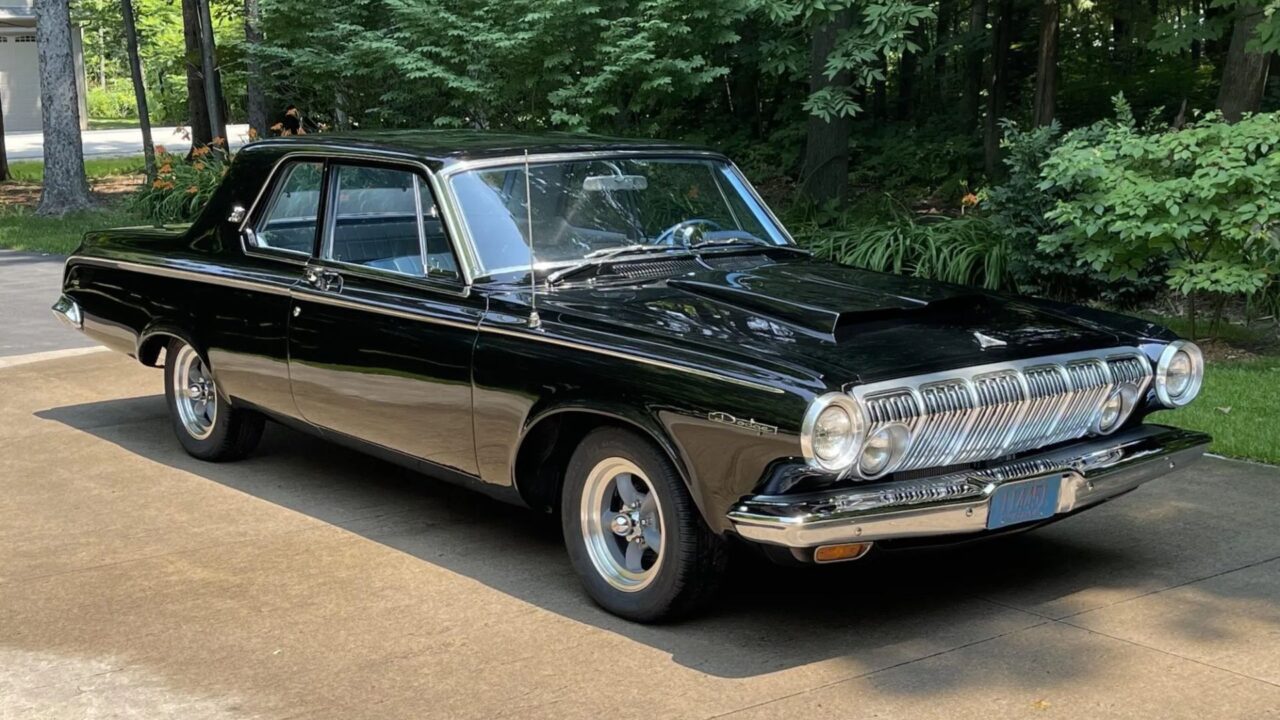
This stripped-down Dodge 330 could be ordered with a 426 Max Wedge V8 making over 400 horsepower—factory drag-race intent, no frills attached. It had lightweight parts, bench seats, and brutal acceleration.
These were purpose-built machines, not daily drivers, and they were never advertised to the masses. Still, in the right hands, they tore up NHRA strips and gave Mopar an early reputation for factory-backed muscle.
1970 Plymouth Sport Satellite

Sitting just under the GTX and Road Runner, the Sport Satellite had similar lines and could be optioned with a 383 or 440. It didn’t get the flash or marketing of its stablemates, but it had the same bones.
It was more of a gentleman’s muscle car—clean looks, strong motor, and a touch of class. For buyers who didn’t need stripes or cartoon birds, the Sport Satellite was a solid middle-ground.
1974 Dodge Charger SE 400
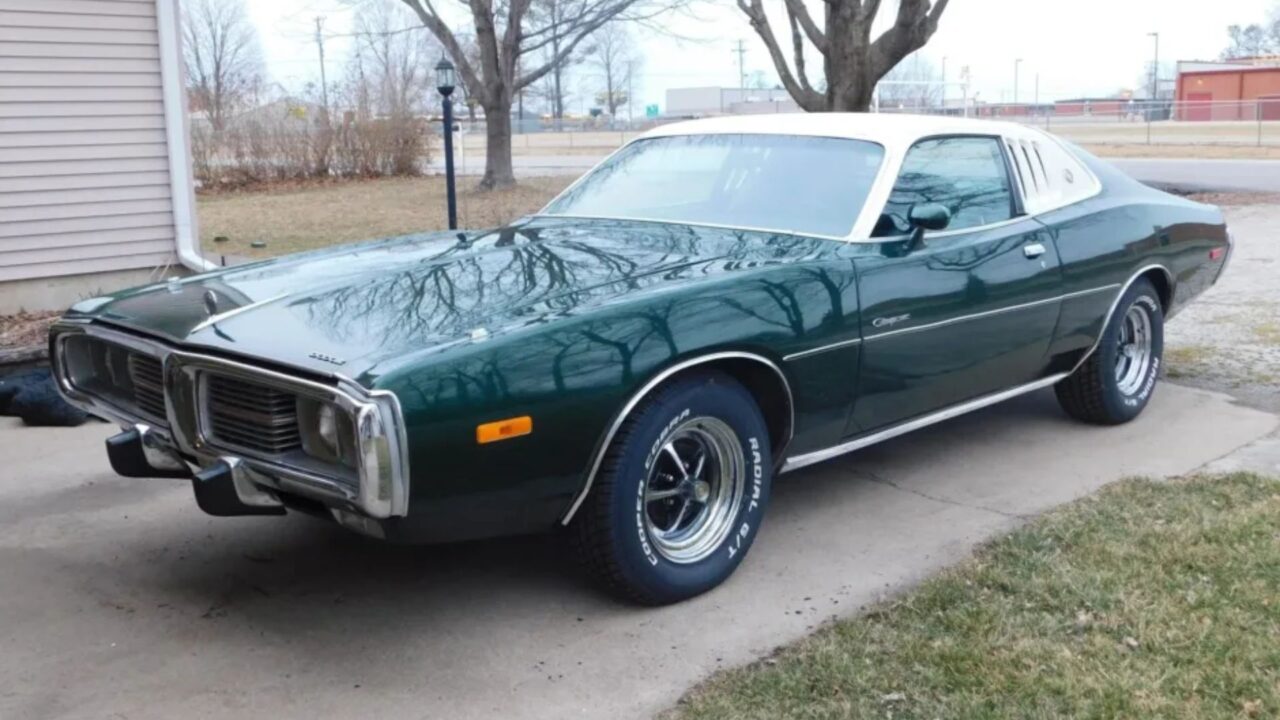
The mid-’70s Chargers were heavier and softer, but the 400 cubic inch V8 still gave it respectable power—especially in an era where performance was being throttled. It wasn’t built for drag strips anymore, but it could cruise all day.
The SE trim added luxury touches like opera windows and padded roofs, which didn’t help its reputation. But today, the Charger SE is a cheap way into Mopar V8 ownership that still turns heads.
1967 Plymouth Belvedere II 383

In ’67, the Belvedere II sat right in the middle of the Plymouth lineup and could be optioned with the 383 Commando V8 making 325 horsepower. It wasn’t flashy, but it got the job done.
It flew under the radar compared to the GTX or Road Runner that followed, but it had the same powertrain and solid bones. The Belvedere II was an honest performer that’s easy to overlook—until you line up next to one.
Like Fast Lane Only’s content? Be sure to follow us.
Here’s more from us:

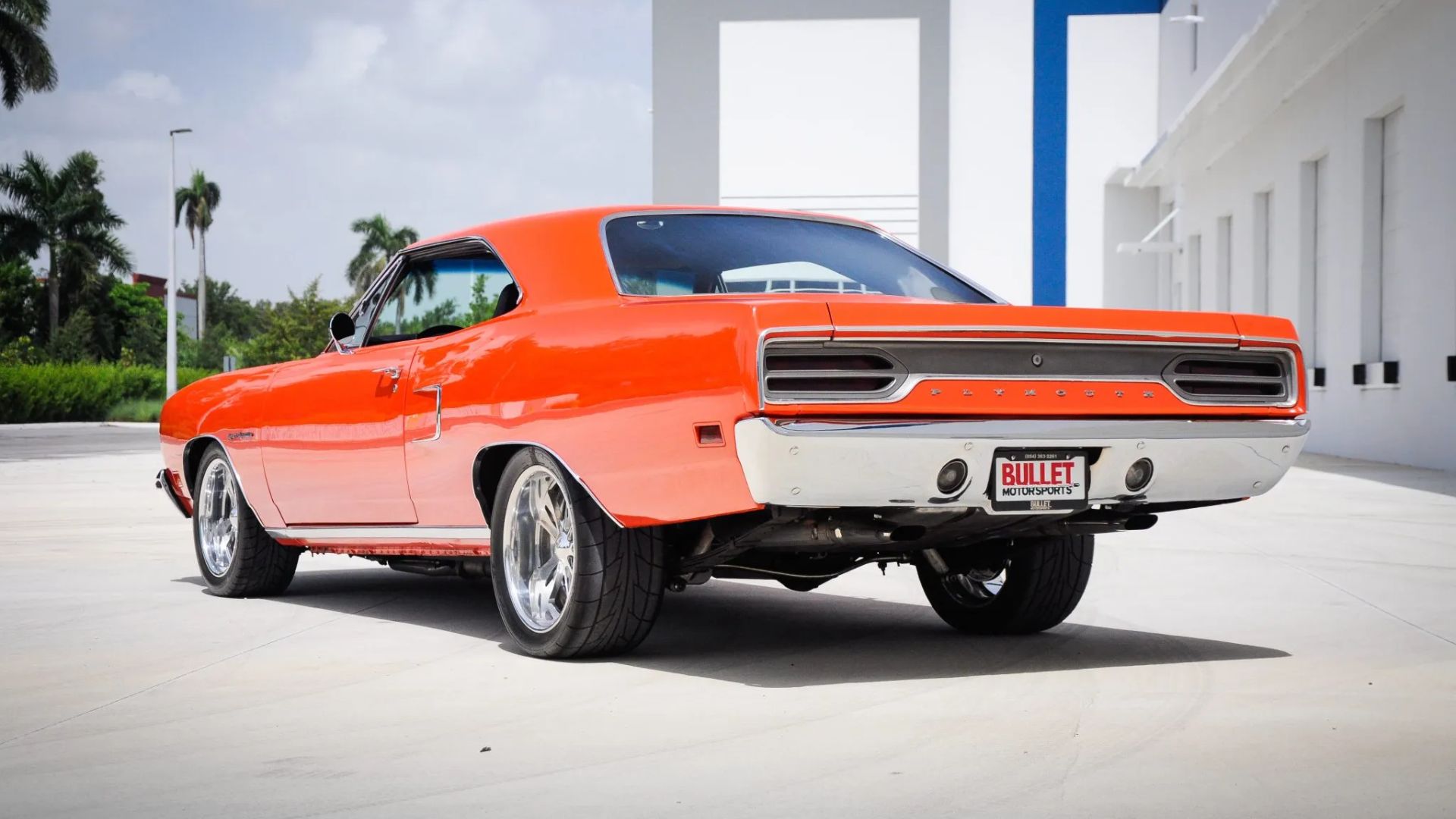
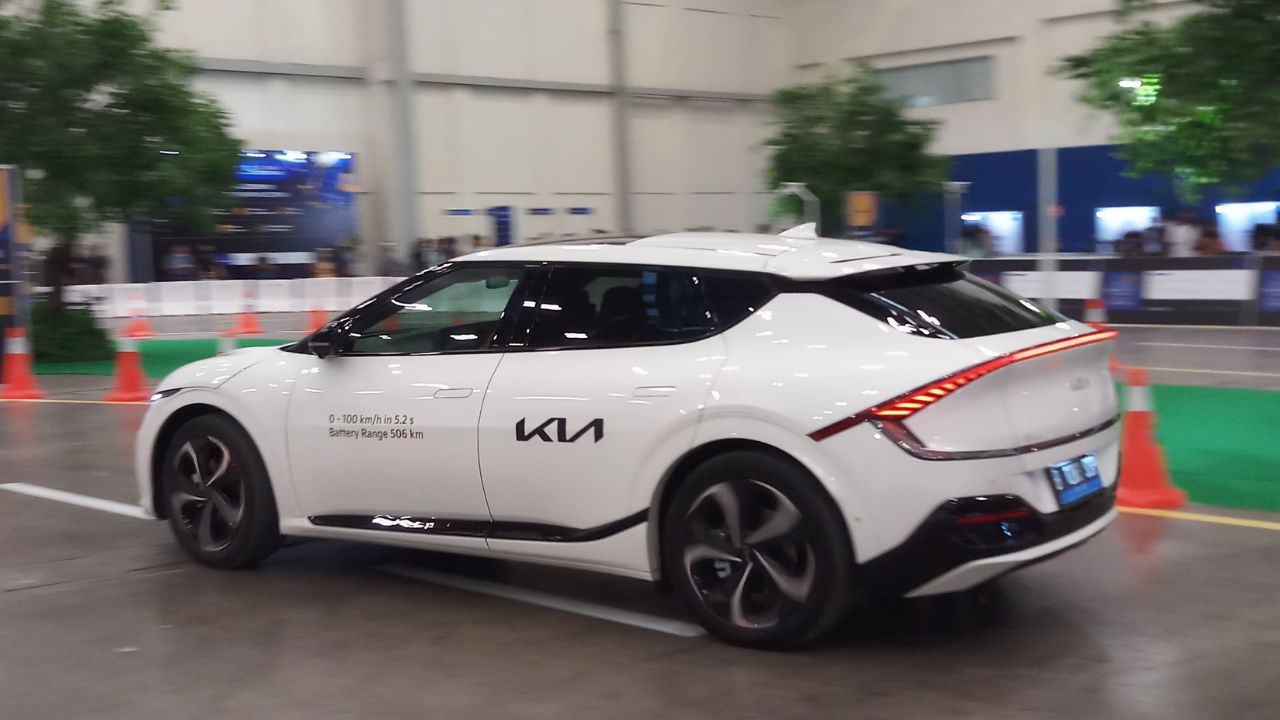



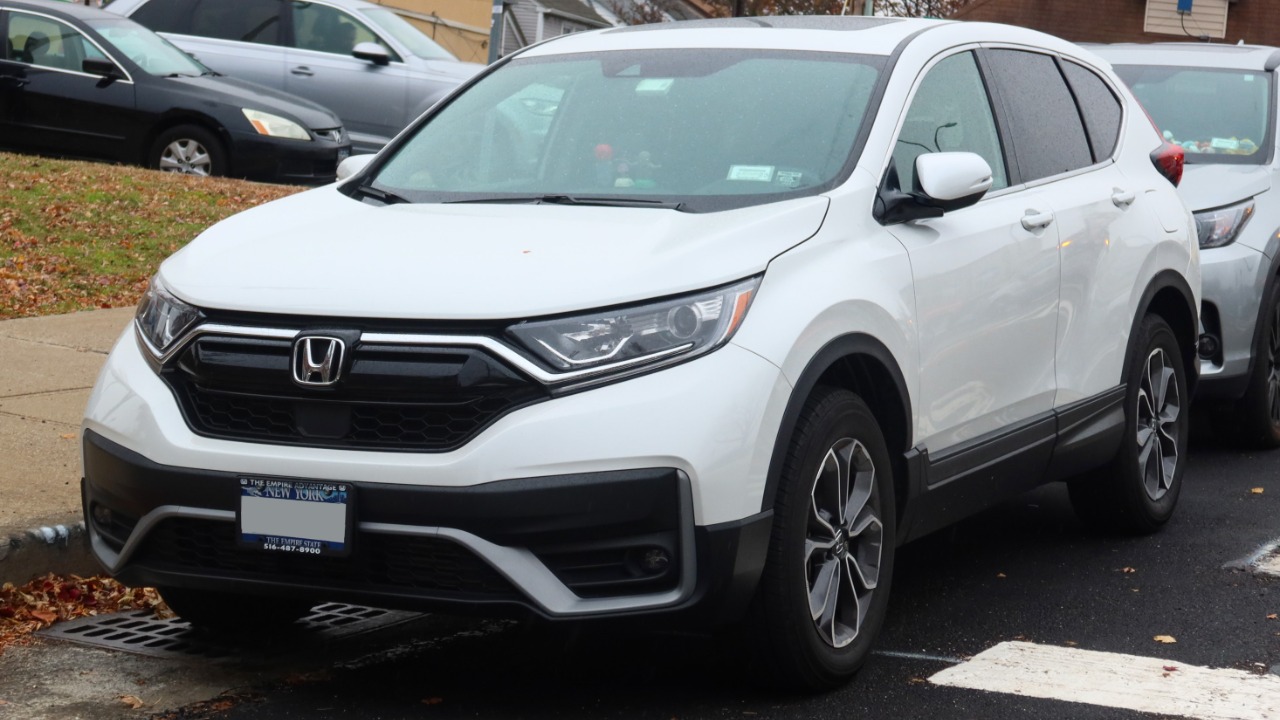
Leave a Reply